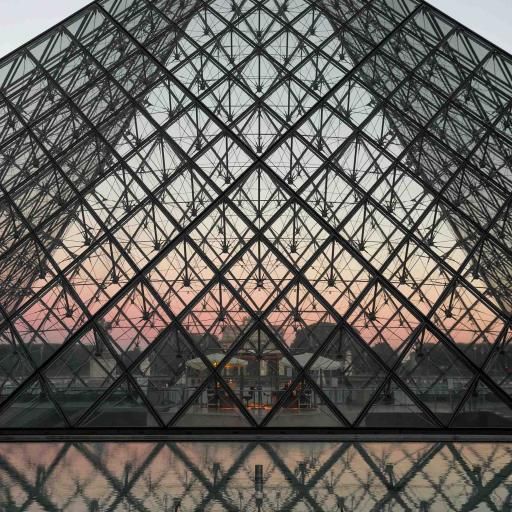
Figures of the Fool, the new exhibition at the Louvre Museum
Categories : Exhibition, published on : 11/7/24
Have you ever pondered what the figure of the fool truly embodies? In the collective imagination, the fool evokes the carefree spirit of the court jester, the madness of a lovestruck person, or even someone who has lost their mind. For centuries, our culture and history have been fascinated by madness, especially the character of the fool. This mysterious and timeless subject now inspires a unique exhibition at the Louvre, exploring the many facets of this character through the lens of art.
An Artistic and Historical Exploration of Madness
For the first time, the Louvre dedicates an entire exhibition to the artistic representation of the fool, a figure that has endured through the ages. Entitled "Figures of the Fool," the exhibition brings together over 300 works—sculptures, illuminations, ivories, paintings, and tapestries—to offer a thematic and chronological journey reaching back to the Middle Ages. Between the 13th and 16th centuries, the figure of the fool, inspired by the Scriptures yet also rooted in the secular world, fed the collective imagination and inspired artists of the time.
Far from being limited to religious representations, the Middle Ages developed a complex vision of madness, which the exhibition seeks to reveal. This artistic journey explores the fool in various forms: mystical, romantic, subversive, and even political.
The Fool in Love and Religion: An Ambivalent Medieval Hero
In medieval tales, the fool often appears as a paradoxical figure. For medieval people, madness first meant ignorance of God, yet characters like Saint Francis embodied a form of “divine madness,” an unmeasured devotion. Similarly, the chivalric romances that inspired many works in the exhibition present heroes madly in love—like Tristan, Lancelot, or Perceval—driven by a consuming passion that pushes them to the edges of reason.
The illuminations and ivories featured in the exhibition reveal this vision of courtly love, where madness becomes an inner battle. This madness of love, often excessive, is an artistic portrayal of the tensions between reason and desire, a theme that captivated many artists.
Madness as Social Critique and Subversion
Over time, the figure of the fool moved beyond mystical and romantic domains to emerge as a critical and subversive character. By the 14th century, the court jester—with his hood of bells, mock scepter, and colorful attire—became the antithesis of royal wisdom, a figure who, through humor, could challenge the established order. As the Renaissance approached, the fool became ubiquitous: in carnivals, he embodied a unique freedom of speech, allowing artists to highlight the absurdities and injustices of society.
A Character in Transition: From Bosch to Bruegel
The late Middle Ages and early Renaissance marked a period when the fool became even more politicized. In works by Bosch and Bruegel, two of the exhibition's prominent figures, the fool serves as a mirror of society, sometimes grotesque, sometimes tragic, embodying the religious and political anxieties of the time. Visitors will see how these artists, through their complex and satirical visions, made the fool an essential character in European art.
The Lasting Influence of Madness in Modern Times
The "Figures of the Fool" exhibition extends beyond medieval representations, concluding with the perspective that 19th-century artists had on medieval madness. Influenced by the political and artistic revolutions of their time, these artists reinvented the figure of the fool, adding a new, sometimes tragic depth that continues to challenge our relationship with madness.
A Journey into the Heart of Humanity
This remarkable exhibition, blending art history and reflections on symbols of madness, invites visitors to immerse themselves in a rich universe where the figure of the fool is revealed from new angles. It reminds us that madness is an inherent part of humanity, a mystery that has inspired and challenged artists for centuries.
Photo ©Mark S - Unsplash





